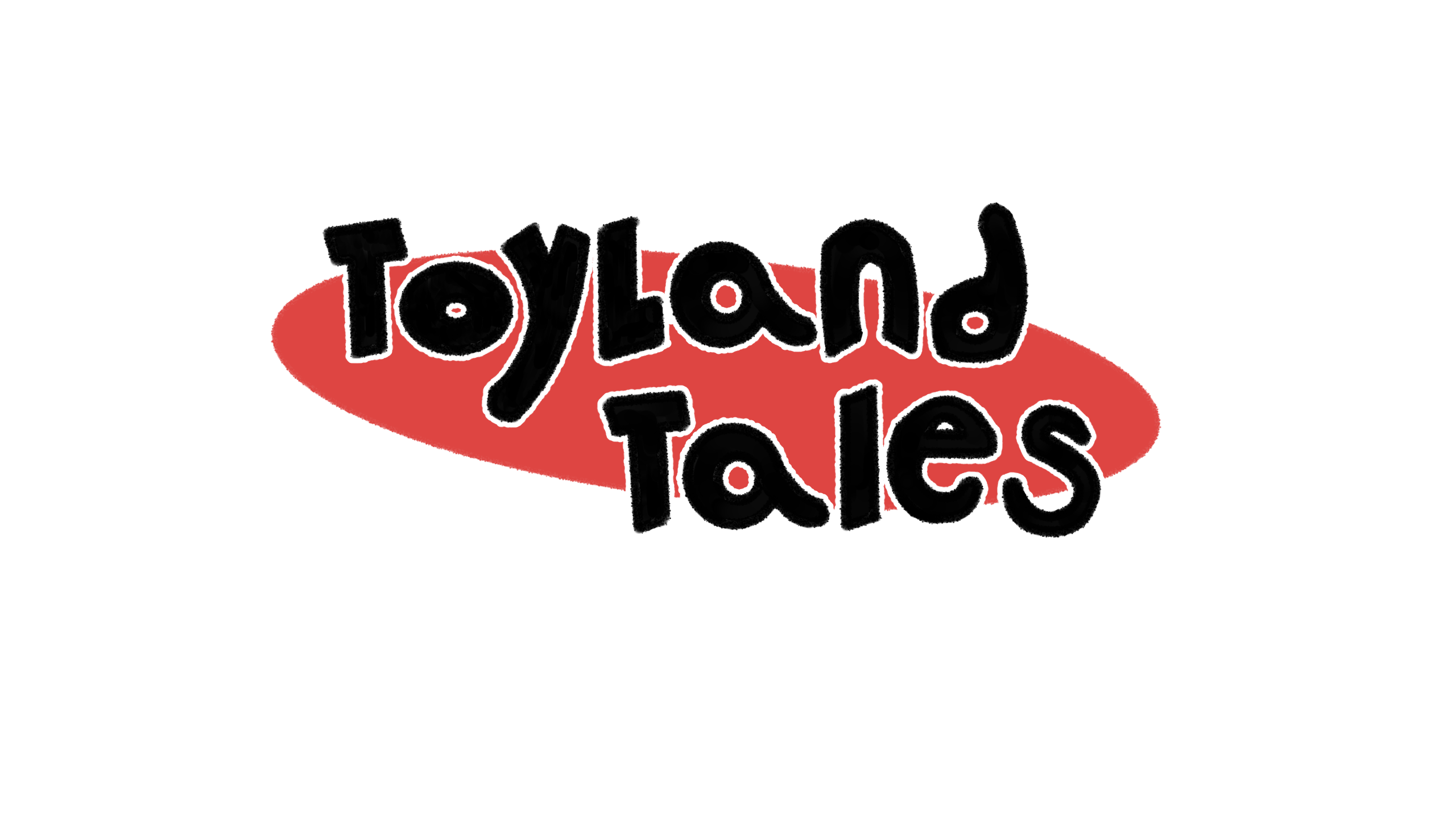Toyland Tales: The Final Train
Overview
In this dev log, I will detail the process of creating a toy train animation for our game, Toyland Tales. The goal was to develop a charming and whimsical animation that would bring the toy train to life, fitting the overall aesthetic of the game.
Planning
Before diving into the animation, I outlined the key elements I wanted to include:
- Train Movement: Smooth and realistic movement along a track.
- Environmental Interaction: Follow a set path given to me by Eduardo so that the pieces would follow the overall design of the game.
Tools Used
- Blender: For modeling and animating the toy train and its environment.
- Substance Painter: For texturing the train and environmental assets (done by Aiden).
- Unity: To add VFX and integrate the animation into the game.
Process
1. Modeling the Train
I began by modeling the toy train in Blender. The design was inspired by classic wooden toy trains, with simple proportions and bright colors to maintain a playful aesthetic.
- Locomotive: The main engine with a simplistic design, reminiscent of my childhood.
- Back Box Cart: One cart for the player to hop in.
2. Rigging
I made the train in Blender to follow a set path created by a curve. The train was separated into three main pieces under an empty object. Those three being the wheels, the connecting rods, and the main body parts.
- Wheels, Main Train Parts, and Rods: Guided to move in sync with the train's movement.
3. Animating the Train
The animation process involved creating a curved line the train would follow and then baking the curve into an animation.
- Forward Motion: The train moves smoothly along the track, with the wheels rotating and the connecting rods moving realistically.
- Environmental Interaction: Before the player enters the train the gate closest to train will open and the player can hop on the train and go around chairs to go to the final area to build the toy robot.
Integration into Unity
After completing the animations in Blender, I imported the models and animations into Unity. I set up the animation controller to handle the different states and transitions.
- Add Smoke Stack VFX: I wanted to add some bit of magic into the scene, so I made the toy train put out some smoke using Unity’s particle system.
- Animation Controller: Manages the train's movement
- Trigger Events: Environmental triggers for the toy gate to open and to activate specific VFX animations.
Challenges and Solutions
- Synchronization: Ensuring that the wheels, connecting rods, and smoke stack moved in harmony was challenging. When I first set up the animation, I had issues in Unity with getting all the animation pieces to work together. With the help of my teammate Joel, we created a fake and real train. One train would hold the animation and not be seen, but the moment the player jumped on the fake train, it would swap with the real train, which would then start moving.
- Performance: Optimizing the particle system for the smoke to maintain performance in Unity required tweaking the emission rates and particle lifetimes.
Conclusion
Creating the toy train animation was a rewarding experience that added a lot of charm to Toyland Tales. The combination of modeling, texturing, rigging, and animating brought the train to life, enhancing the overall atmosphere of the game. If I had more time on this project, I would want to add more interactive elements and fine-tune the existing animations based on playtesting feedback.
Files
Get Toyland Tales : A Quest for a Mended Heart
Toyland Tales : A Quest for a Mended Heart
| Status | In development |
| Author | JuiceBoxGames504 |
More posts
- Toyland Tales: Sound EffectsJul 29, 2024
- Toyland Tales: Final TouchesJul 16, 2024
- Toyland Tales: Finalizing TexturesJul 14, 2024
- Toyland Tales: Polishing and bug fixesJul 08, 2024
- Toyland Tales: Diary of a Project ManagerJul 05, 2024
- Toyland Tales - Level Design / Path & Puzzle changesJun 30, 2024
- Toyland Tales: Mastering Textures: Prop DesignJun 23, 2024
- Toyland Tales - Enemy BehaviorJun 17, 2024
- Toyland Tales - Level Design & Puzzle IdeasJun 09, 2024

Leave a comment
Log in with itch.io to leave a comment.